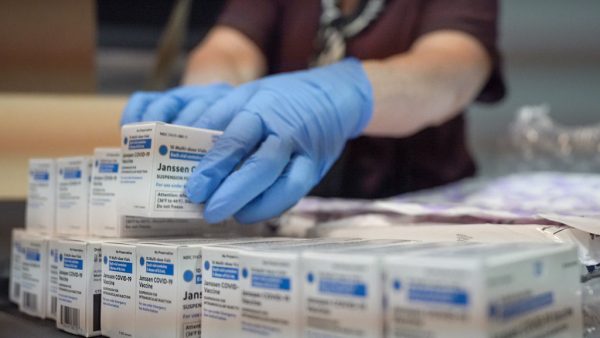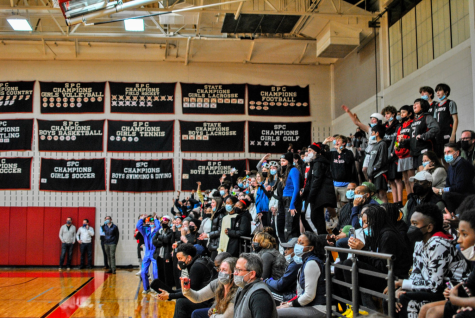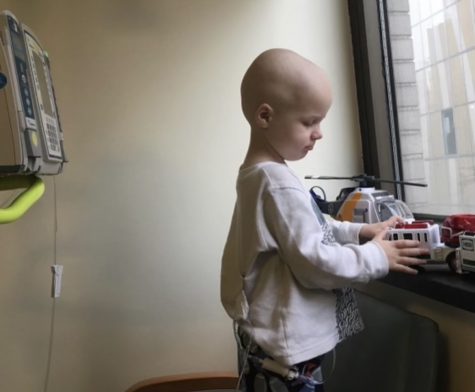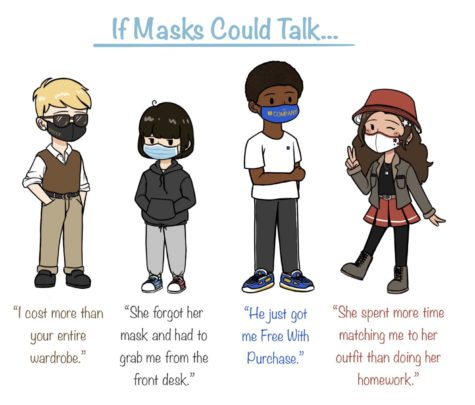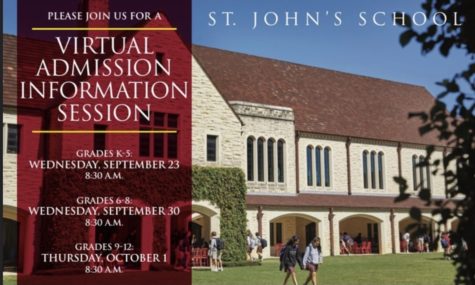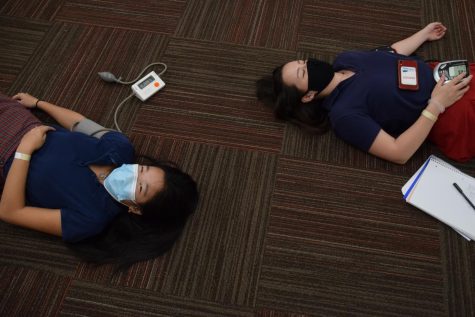Opinion: Vaccine distributions and education
Sophomore James Li shares his thoughts on vaccine distributions.
January 13, 2021
On average, children spend over 13% of their waking hours in school until the age of 18. In a single year alone, a child will spend 17% of their time in a classroom.
Although many students across the nation have been back in school for some time now, we are now seeing entire school districts returning to online learning as a result of rising COVID-19 cases.
Childhood education is arguably the most important process that occurs in a person’s life. Unsurprisingly, it is contingent on one group of people: teachers.
In addition to standard academic curriculum, K-12 educators provide students with emotional support, guide them with life skills and inspire them, making teachers essential workers.
As campuses reopen, schools can become superspreader facilities due to the large concentration of individuals in a small area. Sports such as wrestling can cause rapid transmission of the virus across campus, and teachers are the most vulnerable demographic.
Because they are young, most students are not vulnerable to COVID-19 complications. Conversely, 25% of U.S. teachers are considered to be at high risk for contracting severe illnesses, according to the American Federation of Teachers. Many teachers were forced to choose between their jobs and the health and safety of their loved ones.
The consequences of this are twofold.
A study performed by Goldman Sachs estimates that 15% of the labor force cannot return to work if schools do not reopen and stay open. Normally, schools supervise children while their parents are at work, but during the pandemic, these duties have now been shifted back home. Many parents suddenly found themselves unable to concentrate on their jobs and now struggle to procure a stable income for their families.
This means that if teachers do not return to school or work online, we risk placing major financial stress on families, as well as causing immediate economic damage due to the absence of the workforce.
Economists reviewed data concerning school disruptions in Austria and Germany during World War II. They found that students who missed a year of school reported anywhere from 9-16% lower earnings for up to 40 years in their life.
Some parents are hiring tutors these days thanks to the magic of modern telecommunications, but only those who are relatively affluent have access to these services.
Consequently, school closures widen the gap between the wealthy and the underprivileged. Education is the most effective means of socioeconomic mobility for many children growing up in low-income families.
Although frontline health workers should undoubtedly receive the vaccine first due to their constant exposure to the virus, it is imperative that teachers and educators be given priority immediately after.
We, the children, need our teachers.
America needs its teachers.













